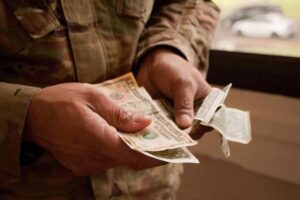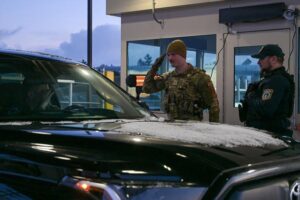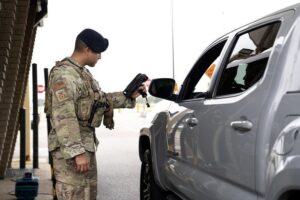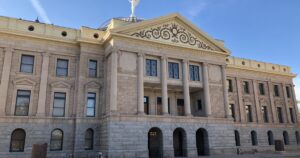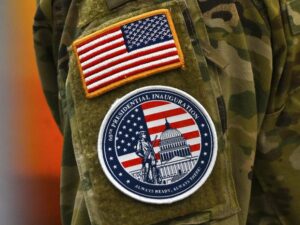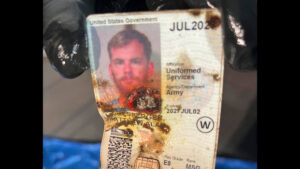In a world where technology often dominates our lives, a heartwarming tradition continues to capture the imaginations of children and adults alike. Each Christmas Eve, the North American Aerospace Defense Command (NORAD) takes on a unique mission—tracking Santa Claus as he embarks on his festive journey around the globe. Remarkably, this tradition will persist even in the event of a U.S. government shutdown.
Every year, NORAD receives over 100,000 inquiries from children eager to know Santa’s whereabouts, while millions more follow along online in nine different languages. “We fully expect for Santa to take flight on Dec. 24 and NORAD will track him,” confirmed the U.S.-Canadian agency in a recent statement.
Typically tasked with monitoring the skies for potential threats, NORAD’s Colorado Springs volunteers switch gears on Christmas Eve to answer whimsical questions from young callers, such as, “When is Santa coming to my house?” The tradition flourishes due to support from local and corporate sponsors, ensuring it remains untouched by political disruptions.
Bob Sommers, a civilian contractor and NORAD volunteer, shared with The Associated Press that phone calls are often filled with “screams and giggles and laughter.” His gentle reminder that children should be asleep before Santa arrives prompts parents to echo, “Do you hear what he said? We got to go to bed early.”
The Origins of a Cherished Tradition
The NORAD Santa tracking tradition began serendipitously in 1955, when a newspaper misprint directed children to call a phone number that belonged to the Continental Air Defense Command, NORAD’s predecessor. Responding to a child’s unexpected call on a secure line, Air Force Col. Harry W. Shoup adopted a Santa-like demeanor and engaged the young caller.
Col. Shoup’s family later confirmed that the mix-up was due to a misprinted Sears advertisement. What began as an accidental call soon evolved into a beloved tradition, with staff playfully tracking Santa on a large plexiglass map. An Associated Press article from December 1955 humorously assured readers of Santa’s safe passage into the United States, even hinting at Cold War tensions.
Controversy and Clarification
Over the years, some journalists have questioned the details of the story. A 2014 Gizmodo article referenced a 1955 International News Service story suggesting a child might have simply misdialed. Further, The Atlantic in 2015 cast doubt on the volume of calls received. Despite these speculations, Shoup’s family maintains the misprinted ad was the catalyst.
Col. Shoup’s media savvy played a crucial role in cementing the tradition. Recognizing the potential for boosting public and troop morale, he embraced the Santa tracking narrative, demonstrating the military’s lighter side. His children recall him receiving letters of thanks from around the world for his humorous and kind-hearted approach.
Modern Tradition with Timeless Appeal
NORAD’s Santa tracking is one of the rare modern enhancements to Santa’s lore that has stood the test of time. Historian Gerry Bowler notes that while many attempts to commercialize Santa exist, NORAD’s use of technology to follow his journey is a genuine addition to the mythos.
Air Force Lt. Gen. Case Cunningham explained that NORAD’s radar systems first detect Santa as he leaves the North Pole, following the international dateline westward. “A probably little-known fact is that Rudolph’s nose that glows red emanates a lot of heat. And so those satellites track (Santa) through that heat source,” Cunningham shared.
For those eager to follow Santa’s progress, NORAD offers a dedicated website, www.noradsanta.org, and an app. From 6 a.m. to midnight MST on Christmas Eve, live operators can also be reached at 1-877-HI-NORAD to provide updates on Santa’s location.


